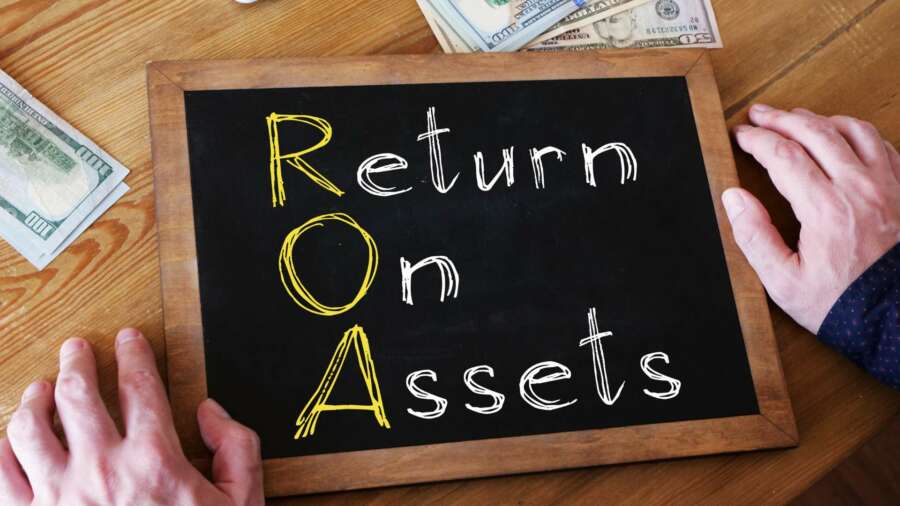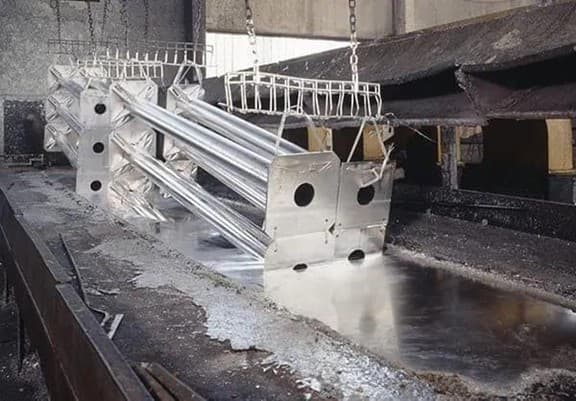
The cash flow return on assets (CFRA) ratio is often used as a measure of companies’ performance against that of its peers. It is a ratio that compares the amount of money a company takes in to the amount of money it can pay out within a given period. It is a useful efficiency ratio, which measures business assets from an income perspective, without being effected by profit recognition or other income measuring instruments.
The CFRA is calculated by dividing the total amount of cash used by the total amount of cash available for financial assets. The higher the CFRA the better off a firm is, as this represents its ability to generate cash flow. The key point to note is that the CFRA is not the same as the cash flow to earnings ratio which is commonly used in businesses. The cash flow to earnings ratio is usually calculated using a similar method to the CFRA.
Businesses use different methods to determine the CFRA but the basic rule is that a firm with a lower return on assets will be able to generate more cash flow than those with a higher ROA. In addition, any business with a higher ROA is also likely to be able to produce more profits.
The reason why many companies use the ratio in their profitability calculations is because of the efficiency and simplicity that are involved in calculating it. There is no need for the company to have to rely on external financial advisors to advise them as to which way the ratio should be calculated. This helps the company focus on areas that are of strategic importance to the company and which need attention. This is important as the company needs to ensure that they are getting the best return on assets and profits from all aspects of their business.
When the return on assets is calculated it is important to consider that some assets may be liquid and cannot be sold. For example, plant and machinery which cannot be sold would obviously have to be excluded from the calculation.
The main thing to note about this ratio is that it is a good indication of how efficient a company is, but there is not enough data to make a determination of how efficient a company is overall. In other words, a company does not need to be classified as being inefficient for it to be classed as being inefficient. The CFRA is a useful indicator of how efficiently a firm is operating in relation to its peers, but it does not provide a complete picture of how efficient the firm is.
This is because it only looks at the way a company spends money and it is based on the market prices. There is no way to know if the costs are commensurate to the profits that are generated.
A good way to ensure that the return on assets is indeed representative of how efficiently a firm operates is to check how well the company is performing against the other firms in the same industry. It is also worth checking if other industries with a high return on assets have a higher return on capital. This is because the better the ratio the better a firm is performing.
The CFRA has been around for a number of years and is used in the UK and abroad as a measure of efficiency. It is a well-respected industry and is one of the best indicators of the efficiency of any business in terms of the rate at which it is turning a profit. The CFRA is based on the cost-to-income ratio and the results show that a firm with a higher return on assets performs better than the others with lower returns.
The CFRA can be used to evaluate the performance of a company by comparing it with other similar businesses within a country or with its own financial report. It provides an overall reflection of the business’ profitability. This is important as it helps the business plan its operations and how it will achieve profits. The results can also help business owners make a determination of what it takes to turn their business into a profitable venture.
The importance of this is that it helps business owners understand how well their company’s performance against other companies within the same industry. If this information is known, it helps them decide whether their company is on track to achieve profits in the long run. This is important as a high ROI is important as it shows that the firm has an efficient and effective operation. In some ways it is easier to improve a firm’s profitability through investment than through raising the capital that is required to buy the assets.


